I have lucid recall of the most devastating hit hockey inflicted on my brain. In fall of 2003, I was a Bambi-legged rookie for the Brampton Battalion, two months into a short and ineffectual Ontario Hockey League career distinctive only for its passionless play.
One Friday night in Sudbury, I received a suicide pass — hockey vernacular for when a player looks back to accept the puck as he skates up ice, making himself vulnerable to a predatory hit. My head smashed into the iron shoulder of Wolves’ defenceman Marc Staal, who has since enjoyed a fine National Hockey League career and now plays for the New York Rangers.
At the time, this met the definition of a legal hit. Its permanent, albeit barely visible, imprint remains in the form of a scar beside my right eye.
I felt woozy, embarrassed and disoriented. But unwilling to betray hockey’s premium on toughness, I picked myself up and skated a few sad laps with my helmet halfway off before wisely returning to the bench.
The cheers of the jubilant Sudbury crowd still echo in my memory.

I played the rest of the game and experienced no headache or nausea afterwards. The impact of the hit likely would have qualified as a concussion, and was one of those moments, endured at least once by most hockey players (and often times many more), when my brain felt like it had smashed against the skull.
That was 14 years ago — dark ages on the concussion timeline. The NHL was six years into its 14-year concussion study. Dr. Bennet Omalu, who made the landmark 2002 discovery of Chronic Traumatic Encephalopathy (CTE) in the brain of former National Football League linebacker Mike Webster, would not become a household name for years.
Back then, unless a player was obviously concussed, he typically remained in the game. There was little knowledge of neurological designations like ‘sub-concussive hits,’ and still less appreciation of their seriousness.
This was not the only dangerous hit I took in hockey; it is simply the one I remember most vividly. Before that night, and several times afterwards, I endured other damaging blows, though none resulted in post-concussion syndrome or other lasting impairments. Some of my friends haven’t been as lucky, and have described the agony of not being able to exercise for months without “seeing” a constellation of stars.
Had I pursued hockey as a career like them, I would almost certainly have experienced more collisions. I wasn’t suited to that path, though, and stopped at age 21, hopefully before neurodegenerative disease had set in.
Crosby suffered fourth concussion
If my forgettable career sits at the extreme end of hockey’s spectrum, Sidney Crosby occupies its other pole. The Penguins’ captain, a player of rare brilliance whose career has been hampered by head trauma, has become synonymous with concussions and how to manage them effectively.
This became topical again when Crosby was cross-checked in the face by Washington’s Matt Niskanen in game three of the NHL’s Eastern Conference semifinals. The Penguins’ superstar was diagnosed with a concussion, officially the fourth of his professional career, while Niskanen inexplicably escaped suspension for weaponizing his stick on the league’s best player.
To great surprise, Crosby only missed one playoff game and returned to the ice five days later. Then, only a week after sustaining the injury, the superstar was launched into the boards head first during the first period of game six. It was a violent, frightening collision, from which he raised himself and laboured back to the bench.
Conjecture suggested brain injury, but Crosby remained in the game and dismissed questions afterwards about whether he was concussed. Why hadn’t he been taken to the quiet room, where doctors administer a baseline concussion test?
When the NHL updated its concussion protocol this year, it built an important role for ‘spotters,’ whose job is to identify players who show signs of head trauma and demand their removal for medical questioning. Crosby wasn’t recognized by a spotter, though not due to negligence: NHL protocol requires a player’s removal only if his head or upper torso is hit by an opponent’s shoulder, if the player hits his head against the ice, or if he’s punched in the face by an ungloved fist.
Crosby’s collision into the boards fit none of those three requirements, allowing him to remain in the game.
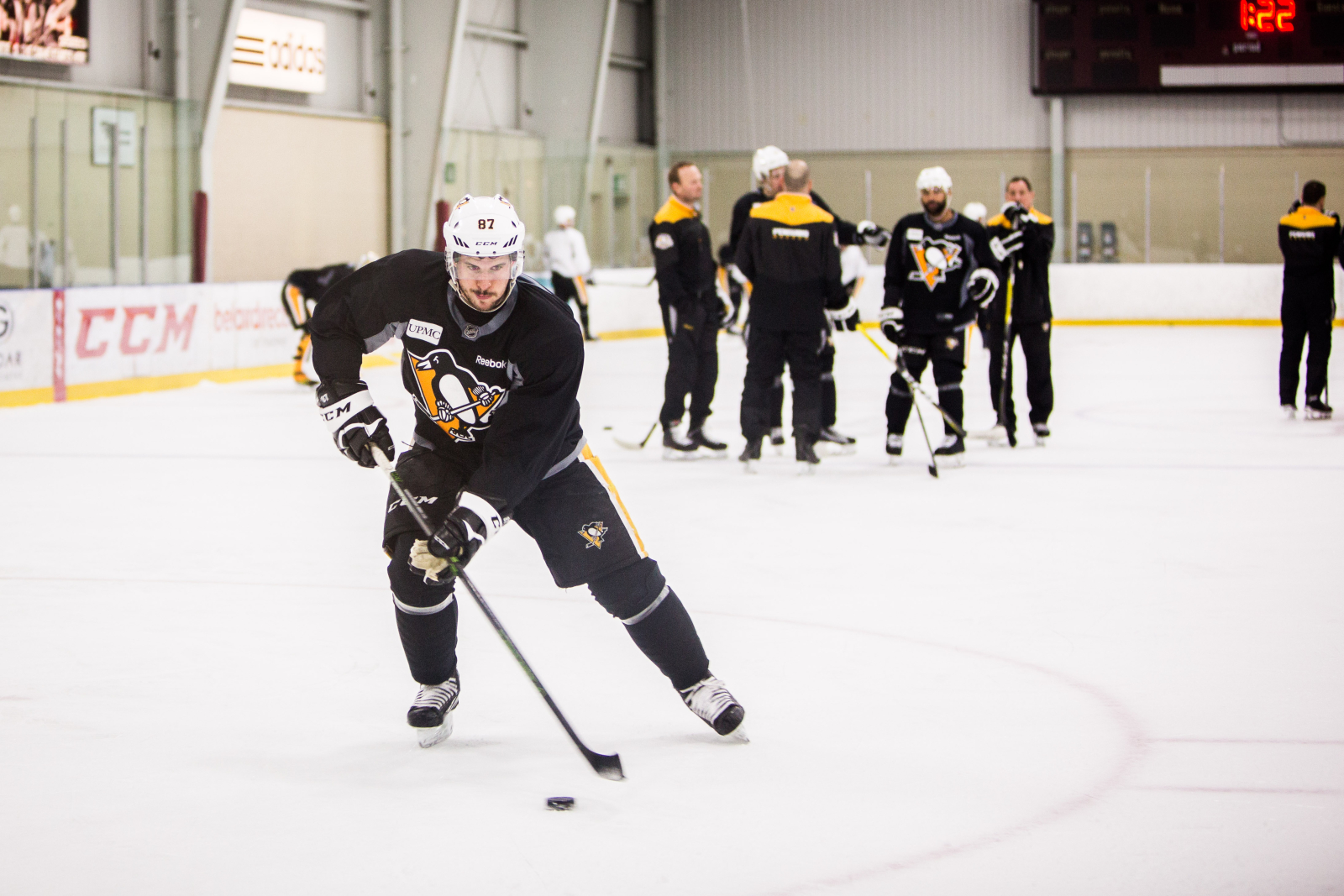
In response to my question about whether the NHL should update its concussion protocol in the wake of this incident, National Hockey League Players Association (NHLPA) spokesperson Jonathan Weatherdon said that protocol does not set out all the circumstances for taking a player off the ice.
“The primary responsibility of ensuring that players are provided appropriate medical treatment remains with the club’s medical staff," he explained, "which must remove the player from play if they suspect he has sustained a concussion."
The protocol establishes minimum standards for the mandatory removal of a player from a game for evaluation, he added, and in circumstances where there is “visible sign” or predictor of concussion, players will be subject to mandatory removal from play. Throughout the year, he said, the NHLPA and NHL have joint health and safety committee reviews and, when appropriate, revise that protocol.
When asked about the league’s position on Crosby’s game six crash, NHL deputy commissioner Bill Daly argued against common sense when he wrote in an email to The Associated Press that, unlike ice, boards are not a good predictor of concussions — a suggestion that, on the surface, seems ludicrous.
NHL concussion protocol evolves
Reached for comment about whether the NHL plans to make its protocol more inclusive and include scenarios where players hit the boards, John Dellapina, the league’s group vice-president of communication (who also responds to the department of player safety requests), told National Observer:
“The League's concussion protocol is an ever-evolving document that has been and will continue to be updated as the science evolves and as the data we track indicates.”
He also said that changing the league’s safety protocol is a dual effort: “The NHL and NHLPA work in tandem when determining playing rules and player safety parameters.”
Dellapina did not, however, respond to a question about comments made by Daly in a recent sworn affidavit regarding a class action lawsuit launched against the NHL by over 120 former players, who allege that the NHL deliberately misled them on the effects of repetitive head trauma. In the affidavit, Daly suggested the NHLPA frequently hampered the NHL’s attempts to introduce safety measures.
As first reported by TSN’s Rick Westhead, Daly wrote:
“The NHL neither possesses nor exercises unilateral power over [player safety] in the manner Plaintiffs suggest. Since 1967 (when the NHL first recognized the NHLPA as the exclusive collective bargaining representative of NHL players), the League has been obligated by the National Labor Relations Act to negotiate in good faith with the NHLPA over terms and conditions of employment…
"A history of the playing rules, supplemental discipline, equipment standards, playing environment characteristics and/or the league’s approach to player safety that fails to consider and account for the NHLPA’s role with respect to these matters is inherently incomplete and profoundly misleading.”
According to Stuart Davidson, a partner for Robbins, Geller, Rudman & Dowd, the firm representing the players in their lawsuit against the NHL, Daly’s comments are a misrepresentation of facts.
“Mr. Daly’s claim that the [Players Association] hampered the NHL’s attempt to introduce safety measures is directly belied by the fact that the League (i.e., the Board of Governors) does not need PA (or Competition Committee) approval to make rule changes,” Davidson wrote. “The Board of Governors essentially has veto power.”
Weatherdon, speaking on the NHLPA’s behalf, said the “Joint Health & Safety Committee is composed of an equal number of representatives from the NHL and NHLPA.” According to the NHL, this committee will serve “in an advisory role and shall make recommendations to the NHL and the NHLPA for consideration and potential adoption. Standing subcommittees and working groups (such as the Concussion Working Group) will work under the auspices of the Committee and shall have equal representation.”
Machismo embedded in hockey
Any sport that allows body contact is, by definition, a dangerous undertaking. The NHL is now faster than ever and, by virtue of its speed, players are subject to far greater harm when they get hit.
But as a sport and, by extension, a culture, machismo remains deeply embedded in hockey’s soul, and the degree to which it can be dangerous is not (at least outwardly) something from which NHL players shrink, but rather a feature they embrace. Is it not fair to suggest, then, that hockey players should expect to incur some physical and perhaps neurological harm?
Davidson, the lawyer representing the players, doesn’t think so. He wrote to me:
“It is not unfair to suggest that NHL players should expect to incur physical damage. But is unfair to suggest NHL players could anticipate or should have known that repeated hits to their heads are associated with devastating later in life neurological impairments. Players are not doctors.
"Many have little to no education past high school. Hockey players are inveterately loyal, team-oriented, relying, from early age, on their coaches, club management, club doctors, and the League to protect them. These boys were shipped off to billet families to play junior hockey, the players are acculturated to being told what to do, when to do it, how to do it, to having every moment structured by hockey aspirations. Players knew they would get concussions. Or “dings” as they were told they were. But, there is no doubt that they were not told about the cumulative effect could produce neurological diseases. Same as with NFL players – and NFL has seen fit to take care of its retirees and their brain injuries. Where is the NHL?”
I was one of those boys, and can testify that concussion awareness 14 years ago was minimal compared to the glut of information available today. In recognition of society’s discomfort with teenagers engaging in bare-knuckle punch-ups, the OHL has greatly reduced fighting by introducing harsh penalties for those who do it repeatedly. It is down more than 75 per cent from when I played — an era in which fearsome tough guys patrolled the red line during warmups to intimidate the other team.
No longer do players whose sole occupation is to fight graduate to the NHL because the league has no use for them. Where there is no demand, supply ceases.

Common sense suggests that violence to one’s head is a bad thing, but only within the last 15 years has science demonstrated how widespread neurodegenerative disease may be. CTE, which Omalu was shocked to find in Webster’s brain, is an affliction from repeated trauma traditionally associated with boxers, hence its original designation: Dementia Pugilistica.
Troubling findings since Omalu first sliced open Webster’s rotted cerebrum range from evidence of the disease in former NHL fighters like Bob Probert and Derek Boogaard and in former Buffalo Sabres forward Richard Martin. Martin's case was more disturbing as he wasn’t a fighter but suffered one major concussion during his career and was said to have enjoyed sound mental health until his death at 59.
Brain cells die, disease can spread
Matthew Holahan, a neuroscientist at Carleton University in Ottawa, explained to me what happens during a concussion and how encephalopathy develops:
“A concussion is when the brain twists around, it’s that shearing motion: the fibers [or axons, which transmit information to nerve cells] connect different parts of the brain, so as that brain is twisting and turning, those fibers will start to break apart. As they break apart, there is a loss of communication, an energy crisis follows and the neurons begin to die off, and that’s where you get Chronic Traumatic Encephalopathy developing. [It occurs] typically down in the medial temporal lobe part [which stores memories].
"For some reason that part of the brain is very sensitive to those effects. So as those axons get twisted and start to break apart, that’s where you start to see cells in the brain start dying and that’s where you see dementia-like signs, like Alzheimer’s start to develop.”
CTE’s pathology is still a matter of debate, but perhaps best described, as Holahan does, as a ‘chain reaction’ where the death of neurons trigger demise in those they’re connected to; like a virus, the damage then spreads across the brain. This is a frightening prospect, especially given the rash of suicides of ex-NFLers who suffered from the disease and the deaths of NHLers Boogaard, Rick Rypien, Wade Belak and Probert.
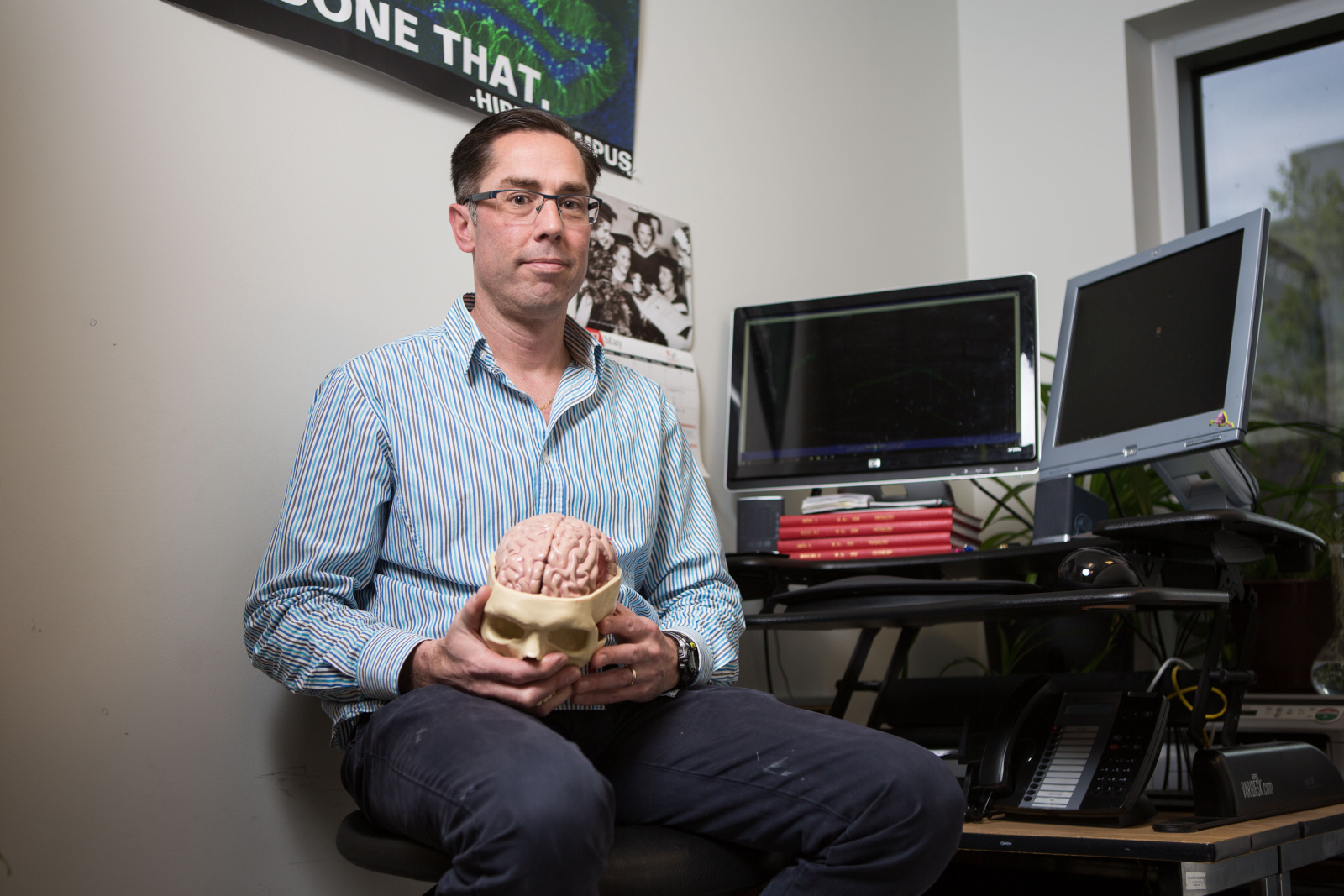
For athletes, both current and past, it is depressing to be continually inundated with new findings that suggest CTE is even more prevalent than previously imagined. What may the future hold for those of us whose bells have been rung once, twice or repeatedly?
The answer is rife with ambiguity. Joe Thomas, an NFL offensive lineman with the Cleveland Browns, recently told Graham Bensinger that he experiences memory loss at 32.
"You walk to the grocery store and you’re like, ‘Huh, I can’t remember what I needed to get.'’’
Perhaps Thomas has already endured irreversible brain damage, or maybe, as he acknowledges, he’s attributing routine absent-mindedness to brain damage — an easy association to make when one makes his living at a job synonymous with neurological trauma. Because CTE can only be diagnosed upon death, many athletes will endure a chilling waiting game.
Guillaume Latendresse, who played over 300 NHL games, is currently struggling with problems related to concussions.
“In my last three seasons, I had about six,” he told Montreal radio station 98.5. “Doctors told me that I should take a minimum one to two year break before I start playing hockey again. It’s been three and a half years and I’m still not better, I still have after effects. My head is so fragile.”
He thinks players must set limits for themselves and what their brains can withstand, but acknowledges how difficult this is, given the urgency each feels to return.
The office of federal Sports Minister Carla Qualtrough told National Observer last week that it was working on responding to questions related to efforts to prevent concussions in sports.
Todd Ewen was terrified
Consider the sad, shocking case of Todd Ewen. In 2015, the veteran of 518 NHL games and 280 fights killed himself with a shotgun. Prior to his death, Ewen was said to have been exhibiting many CTE hallmarks, including depression, memory loss, and an entrenched belief he had the disease.
Surprisingly, when his brain was examined by researchers at Toronto Western Hospital, no trace of CTE appeared.
“Every time it was announced that a fellow player had CTE, Todd would say: ‘If they had CTE, I know I have CTE.’
He was terrified by the thought of a future living with a degenerative disease that could rob him of his quality of life, and cause him to be a burden to his family,” his wife Kelli Ewen said in the Canadian Concussion Centre's autopsy release.
It is a tragedy that Todd Ewen is dead, partly because of his misguided but understandable belief of what lay in store for him. But it may also offer hope to those who believe they’re doomed to dementia, and attribute their depression and memory loss to CTE, when these symptoms may, in fact, be reactions to the possibility of having it.
But how could Ewen’s brain, which was repeatedly subjected to trauma over his career, have escaped unscathed?
“That’s the magic question,” Holahan says, responding to why some people may be more susceptible to the disease than others. “You start to think about different genes. There are genes that make somebody a bit more susceptible to Alzheimer's disease and those [genes] seem to be associated with the susceptibility to CTE [and] that pathology that you start to see.
"So there is probably some genetic root, and then being an enforcer, being a linebacker, being a boxer, sets off a chain reaction in the brain and that pathology.”
Many players are left to grapple with how hockey might blacken their futures (if, during their careers, they think about it at all). Many have said they "know the risks,” but the full consequences of repetitive head trauma don’t manifest until decades after a career ends. Minimizing one’s exposure to physical trauma will likely result in a healthier future, but athletes have highly personal and financial reasons for pursuing their vocation.
Some are possessed by hyper-competitive, combative personalities that thrive amid hazardous circumstances. Their motivations for taking risks pay little heed to medical consensus.
Hockey’s history of episodic violence, in which players avenge slights and adhere to a code of frontier justice, is what many fans reference when they defend the game as a bastion of masculinity. The elemental thrill of the spectacle is an intoxicating entertainment for many who would never consider fighting themselves.
NHL at peace with ferocity
Cognizant of this, the NHL has always been at peace with its ferocity. When I suggested to lawyer Stuart Davidson, who is representing former players in their case against the NHL, that the league has always tacitly endorsed violence, he replied vehemently, telling me:
“The NHL’s endorsement of violence is more than merely ‘tacit.’ NHL marketing turns, in large part, on brutality and violence. NHL permits clubs, within limits, to show violent hits on its Jumbotron, fighting and brutal hits are part of NHL TV network clips. Indeed, to this day, the NHL permits local broadcasters to promote in-game fights as if it was a boxing match. And, for decades, NHL executives have admitted that the League 'promotes' and 'sells' bare-knuckle fist fighting, solely because it is what the fans purportedly want, and it sells tickets.”
To argue that the NHL has capitalized on its rough image is to state the obvious, but the extent to which it consciously did so was explicitly revealed in unsealed emails between Gary Meagher, the league’s executive vice-president of communications, and Mike Berland, a market research executive whose company conducted a survey about fan perceptions of NHL violence versus NFL.
“The NHL has never been in the business of trying to make the game safer at all levels and we have never tried to sell the fact that this is who we are,” Meagher wrote.

In the same trove of emails, executives Bill Daly and commissioner Gary Bettman debate the extent to which fighting aggravates concussions, and discussed the unlikelihood that the NHLPA would consent to removing fighting from the game (thus denying a cohort of its workforce the ability to pursue careers in hockey.) In one exchange, Bettman expresses his belief that certain ‘predispositions’ led to the early deaths of several current and ex-NHLers, while Bill Daly acknowledges at least a link between fighting, head injuries, the accompanying onset of depression, and eventually the raised “incidence of personal tragedies.”
Bettman has long publicly denied a link between concussions and CTE. In response to questions from United States senator Richard Blumenthal, the NHL’s commissioner wrote,"the science regarding C.T.E., including on the asserted ‘link’ to concussions that you reference, remains nascent, particularly with respect to what causes C.T.E. and whether it can be diagnosed by specific clinical symptoms...The relationship between concussions and the asserted clinical symptoms of C.T.E. remains unknown.”
Gary Bettman would have great difficulty persuading Stuart Davidson of this belief.
“To this day, the League refuses to fund a study of NHL players, claiming that it should 'leave the dementia issue to the NFL,' and denies what the entire world knows to be the truth regarding the dangers of repetitive brain trauma,” Davidson wrote me.
"As evidenced by the stories of Big Tobacco, asbestos manufacturers, and climate change deniers, history oftentimes does not look kindly upon those who turn a blind eye to mountains of evidence standing right before them.”
The arguments against fighting are manifold (it doesn’t have any discernible impact on a game, a roster spot is better used on a skilled player, it is immoral to allow an activity that we conclusively know causes brain damage), but outside the concussion litigation case, they are likely superfluous today. Fighting is an act being fast relegated to hockey history, perceived by many as a gratuitous show ancillary to the game’s true objective.
Longer suspensions are warranted
As someone who grew up with fighting in hockey, I know both its visceral thrill and the impact of intimidation. But my opinion on its place has somewhat changed: I have no problem with two players exercising their frustrations by fighting, but I think the dirty play it supposedly thwarts could be excised if the NHL regularly gave out longer suspensions for its worst infractions.
Here lies the NHL’s conflict: until the league completely removes contact from the game, players will continue to get hurt.
This will never happen, of course, because physicality is one of hockey’s hallmarks; hatred and conflict are good for ratings; and neither the NHL nor NHLPA would consent to such a change. The league’s only recourse is to manage risk as best it can, which is an inherently difficult proposition when risk is profitable for business.
Regarding the NHL’s responsibility to its players, Davidson said, “the NHL plainly has a duty to provide a safe workplace. If workers engage voluntarily in dangerous conduct (e.g., like a machine operator who removes a guard and loses a hand), that conduct provides a defense to liability, but does not eradicate the NHL duty to make the workplace safe. In the end, that is something the jury will have to determine.”
If the NHL is serious about protecting its players, it could channel its considerable resources to ensuring they don’t return to action prematurely. Holahan is an advocate for functional magnetic resonance imaging which can detect functional changes in the brain, and, he said, yield more useful information than standard MRIs about an athlete’s readiness to resume competition.
The Zurich Concussion Consensus, on which Hockey Canada bases its return-to-play protocol (Hockey Canada is also currently reviewing the recently released Berlin Concussion Consensus), says functional MRIs “demonstrate activation patterns that correlate with symptom severity and recovery in concussion. Although not part of routine assessment at the present time, they nevertheless provide additional insight to pathophysiological mechanisms.”
If, in the past, the NHL was apathetic about player safety, it cannot afford further missteps. Assuming the presiding judge certifies the class action lawsuit against the NHL, a jury could deliver a decision as early as this year. This suit follows one against the NFL which will likely cost the league $1 billion. It will be interesting to see whether the NHL makes a similar payout or fights back, but this is, at the very least, another public relations worry for a league eternally concerned with its sports market share.
One player who will not be suing the NHL is Sidney Crosby. As the NHL’s face, his overwhelming talent and history of head injuries represent what is best and most dangerous about the game. Crosby has several times returned from concussions to regain his place as the NHL’s top player, having employed some interesting methods to make his neurological rebounds.

In the past, Crosby said he doesn’t worry about his long-term health, and this season, having twice been diagnosed with concussions, he’s shown himself remarkably adept at resuming his pre-injury excellence.
Once again, Crosby is playing late into the NHL season, questing after the Stanley Cup to solidify his place in hockey history. Crosby’s brain, which processes the play at warp speed, is the attribute that most distinctly separates him from his peers; given the fast, unforgiving era in which he’s played, it’s this very organ that’s given him the most trouble.
I hope that his optimism is well-founded, and that Crosby’s fellow players, who lack his star power, resources, and cultural import, can forge safe, contented lives for themselves after hockey. In the end, only time will tell, because with brain health, there is still only hope and ambiguity.
Editor's note: This article was updated at 11:40 a.m. ET on Friday to correct the spelling of Rick Westhead and Jonathan Weatherdon's names.

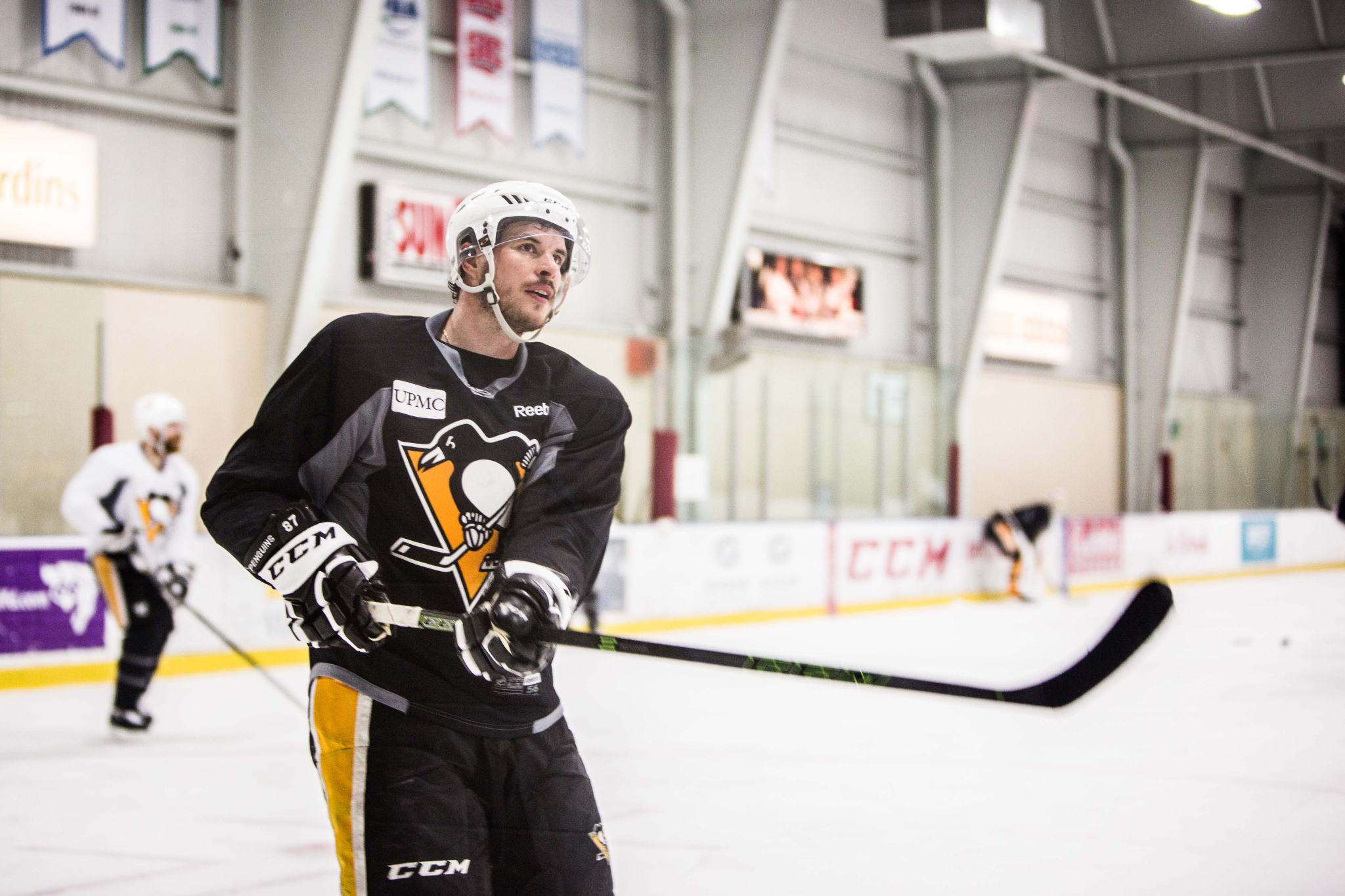


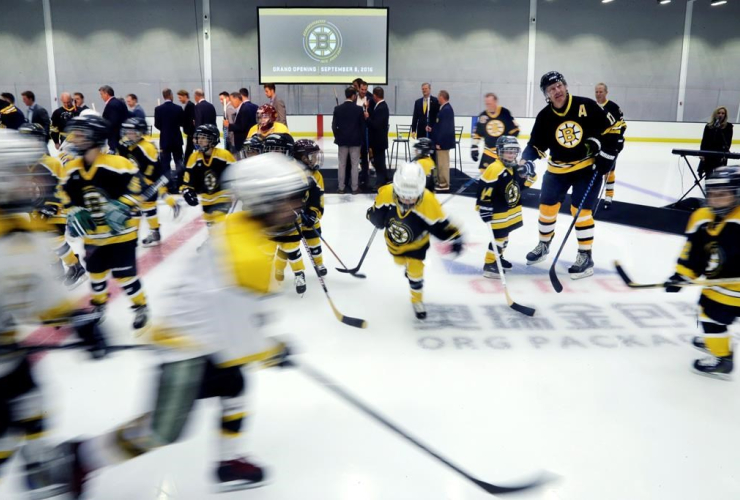
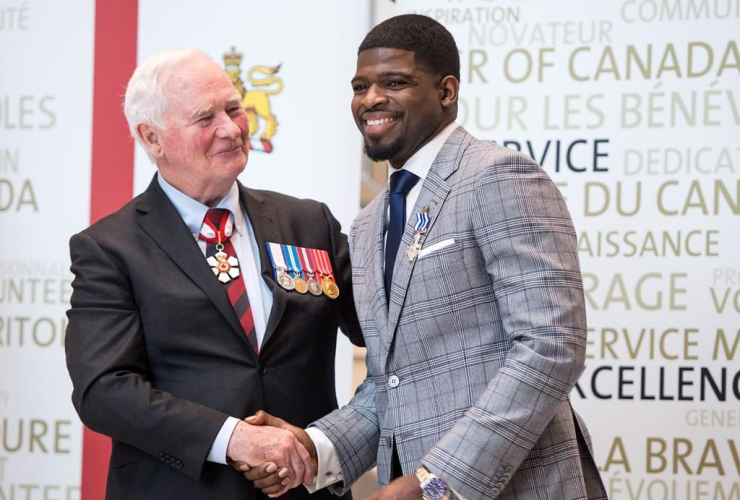
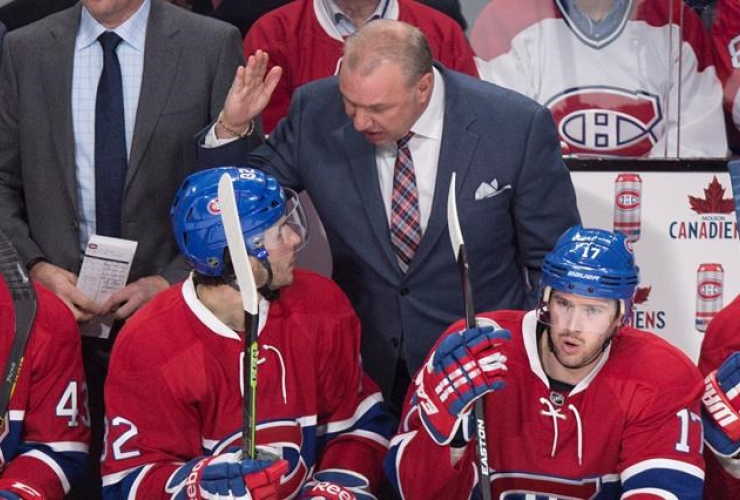
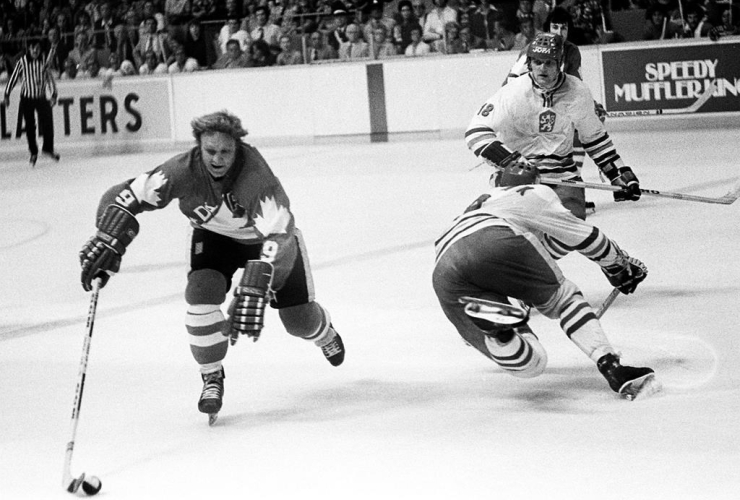
Comments